
Accessible Beauty: the new priority in inclusivity
The beauty industry has made great strides in embracing greater inclusivity in the past few years - from creating diverse colour cosmetics that appeal to all skin tones to offering products to cater for different hair textures, body types, gender identities and age. However, one underserved consumer group that is still being overlooked by brands is the disabled community, which makes up 15% of the world’s population.
We’re starting to see more progress happening in the industry and in particular this year, with beauty conglomerates such as Estee Lauder and L’Oréal launching disability focused products.
Beauty products and services as well as marketing campaigns that better serve this community will be the new priority in inclusivity in 2023 and beyond.
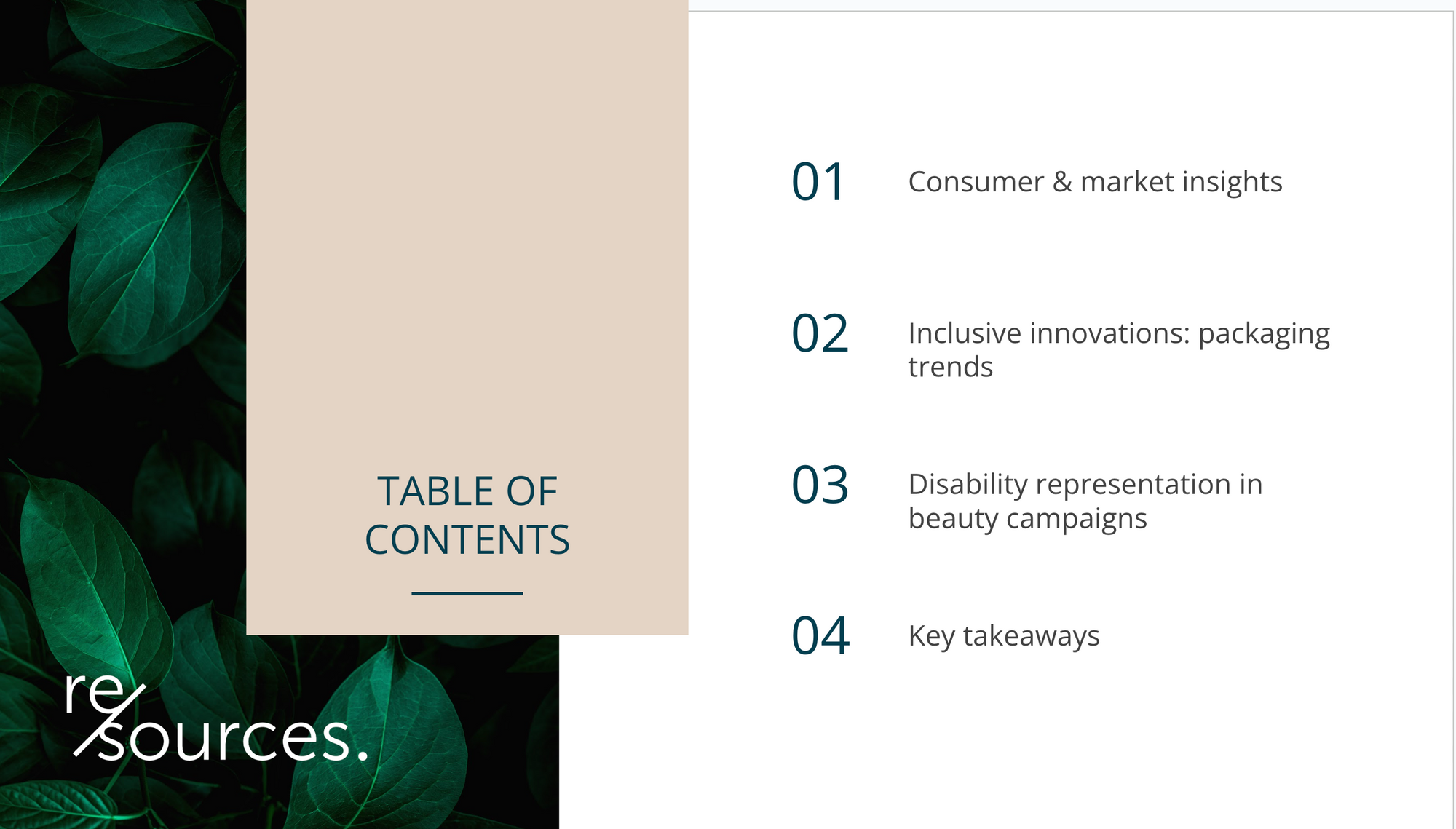
CONSUMER & MARKET INSIGHTS
The purple pound
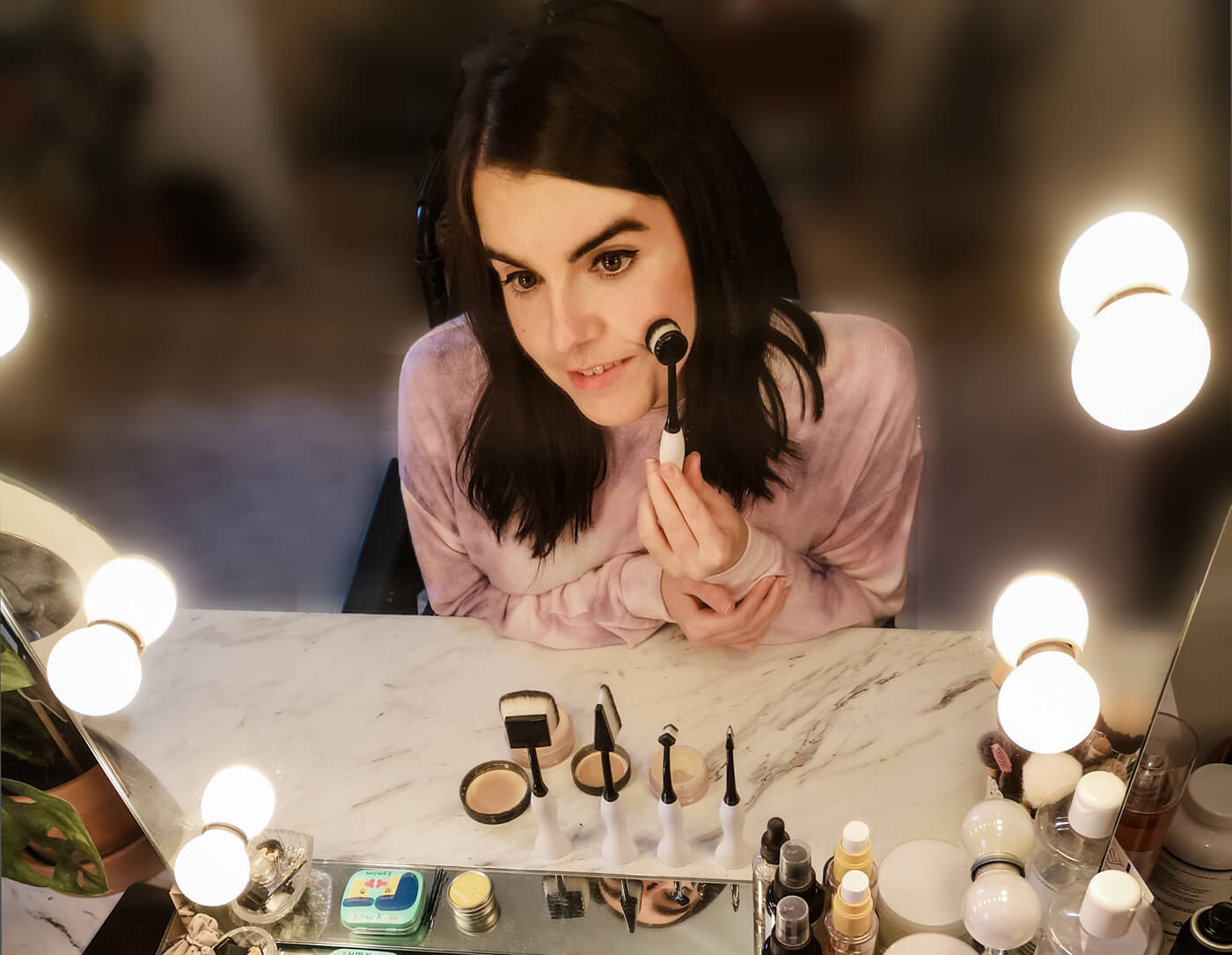
The collective spending power of disabled people - known as the Purple Pound - is worth £274 billion to the UK economy, which represents a huge market opportunity for beauty brands to tap into this space through more accessible products and inclusive marketing campaigns.
Furthermore, in the US, according to a 2018 report from the American Institutes for Research, it found that the total disposable income (post-tax) for working age individuals with disabilities is nearly $500 billion, highlighting the high spending power of this consumer cohort.
Key stats:
- One billion people around the world live with some form of disability - that’s 15% of the global population.
- The World Health Organisation reports that there are 2.2 billion people who live with visual impairment and 39 million of them are blind.
- 50 million people globally live with limited fine motor skills.
- In the UK, more than two million people are living with sight loss, and of these around 340,000 are registered as blind or partially sighted, according to the NHS.
- 87 million Europeans have some form of disability - that’s 1 in 4 European adults.
- Globally, there are 43 million people living with blindness and 295 million living with moderate-to-severe visual impairment, according to the International Agency for the Prevention of Blindness’ Vision Atlas.
- One in four American (26%) have some type of disability - that’s 61 million adults in the US, according to the Centers for Disease Control and Prevention.
- 14.6 million people in the UK have a disability.
- There are more than two million people living with sight loss in the UK, with 340,000 registered as blind or partially sighted, according to the NHS.
WHERE ARE WE NOW?
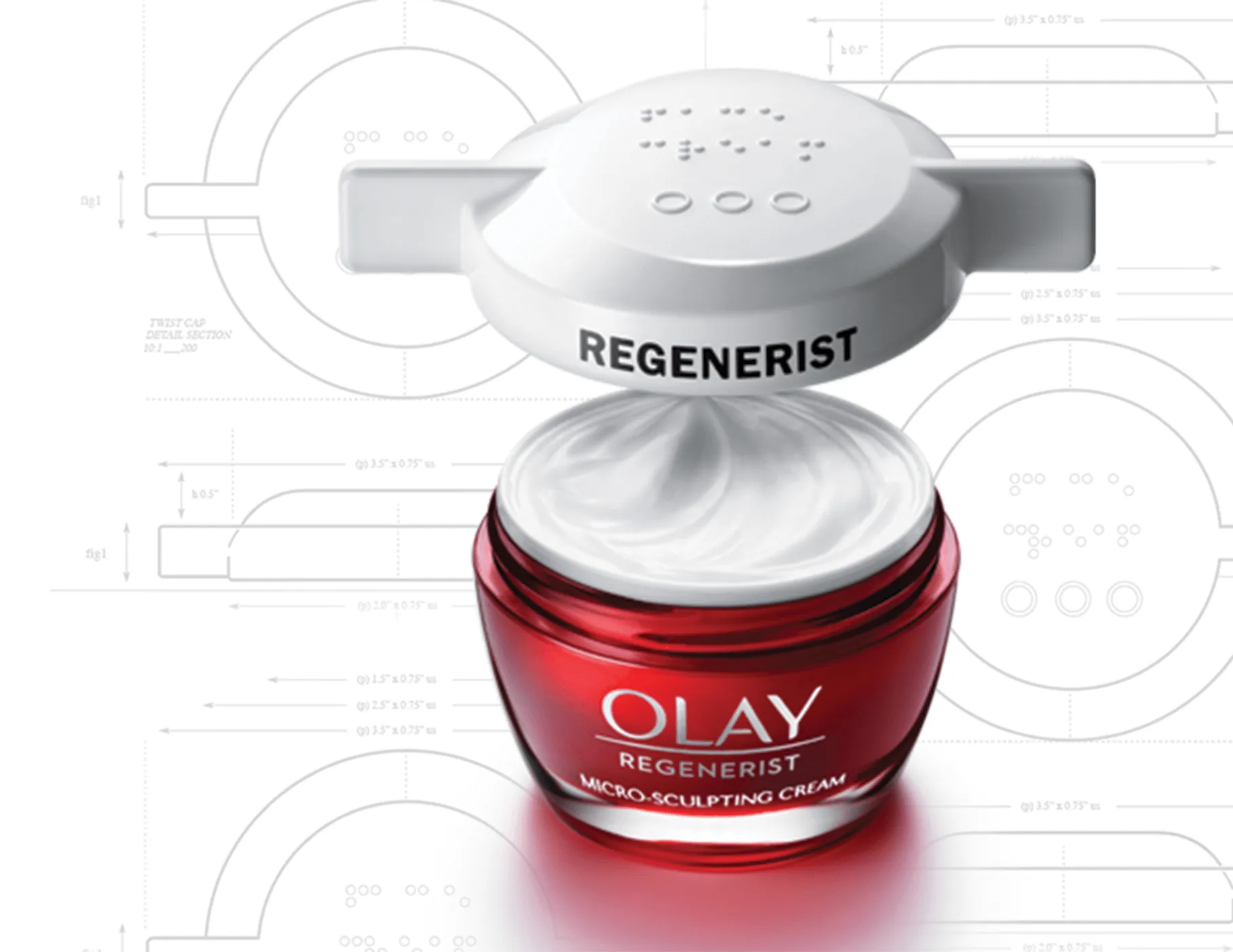
A study conducted by Procter & Gamble in 2019 found that only 4% of beauty and personal brand products are designed to address the needs of those with visual impairments or limited dexterity - which is a very small percentage. However, fast-forward to 2023 we’re starting to see more changes happening…
In the past couple of years, we’ve seen a handful of beauty brands who have developed mobility-friendly makeup products or have created accessible packaging for those with upper limb mobility issues such as easy to open caps and easy to grip tools.
"Now that we are seeing more education and conversations around disability inclusion, every brand should be giving accessibility the same level of commitment as sustainability. Including people with disabilities in brand messaging, marketing and considering accessibility when designing product and services will begin to bridge the gap and connect the sighted and unsighted worlds so that accessibility is barrier free for all. The bottom line is accessibility benefits everyone."
Victoria Watts, founder, CyR.U.S
INCLUSIVE INNOVATIONS: PACKAGING TRENDS
Braille
Braille is a universal tactile language system that features embossed dots that represent the letters of the alphabet. Used by visually impaired people, the raised indentations act as text, which is read by running the fingers over the symbols.
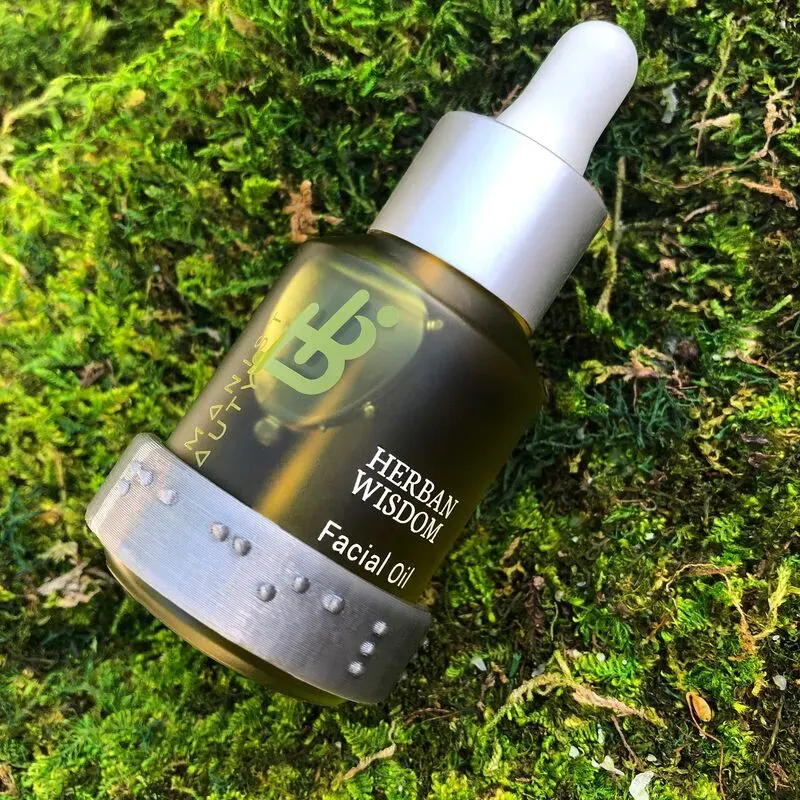
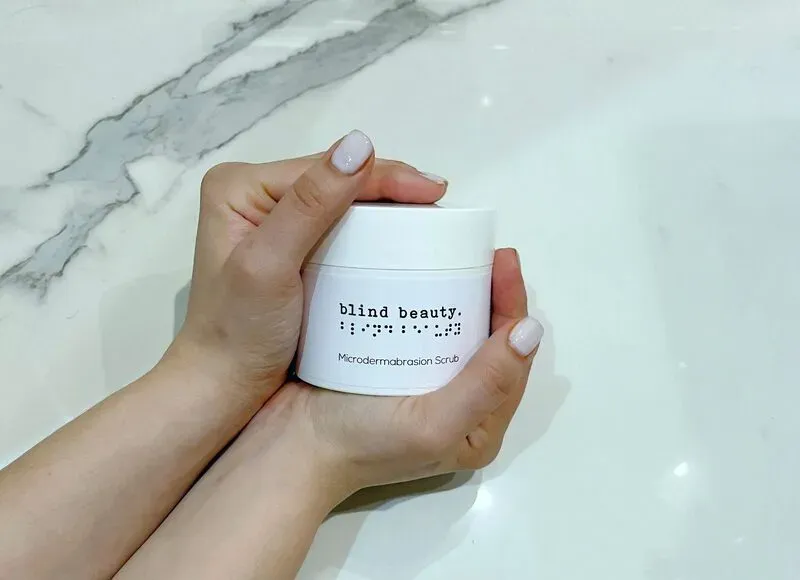
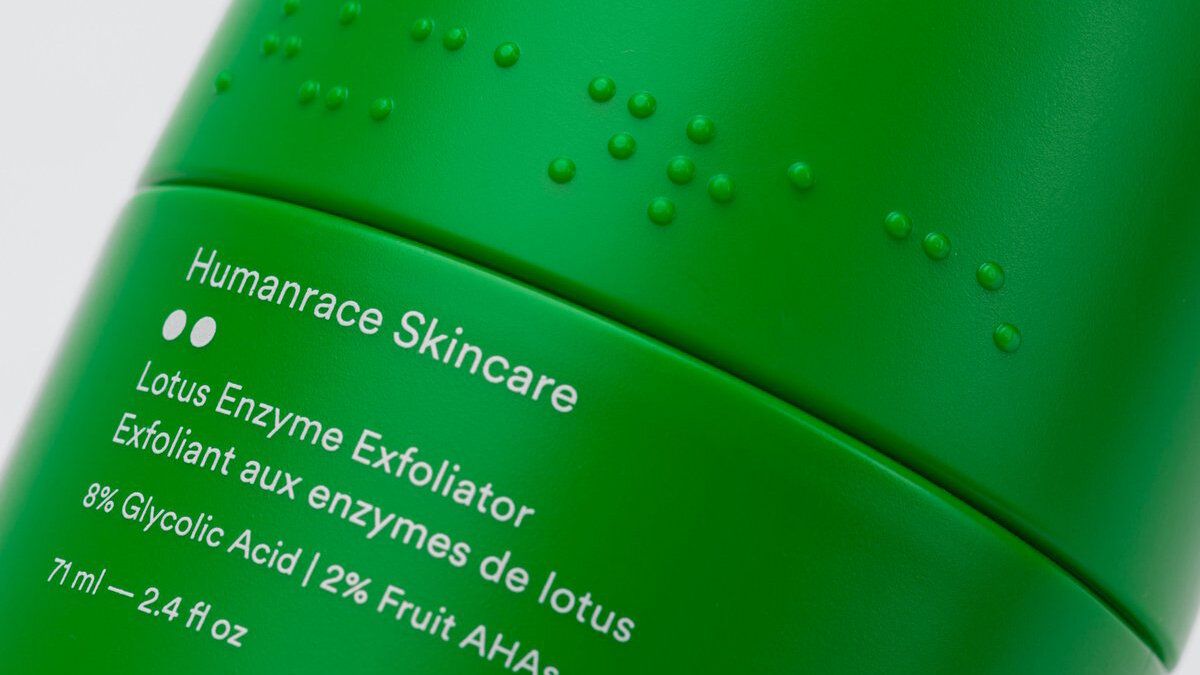
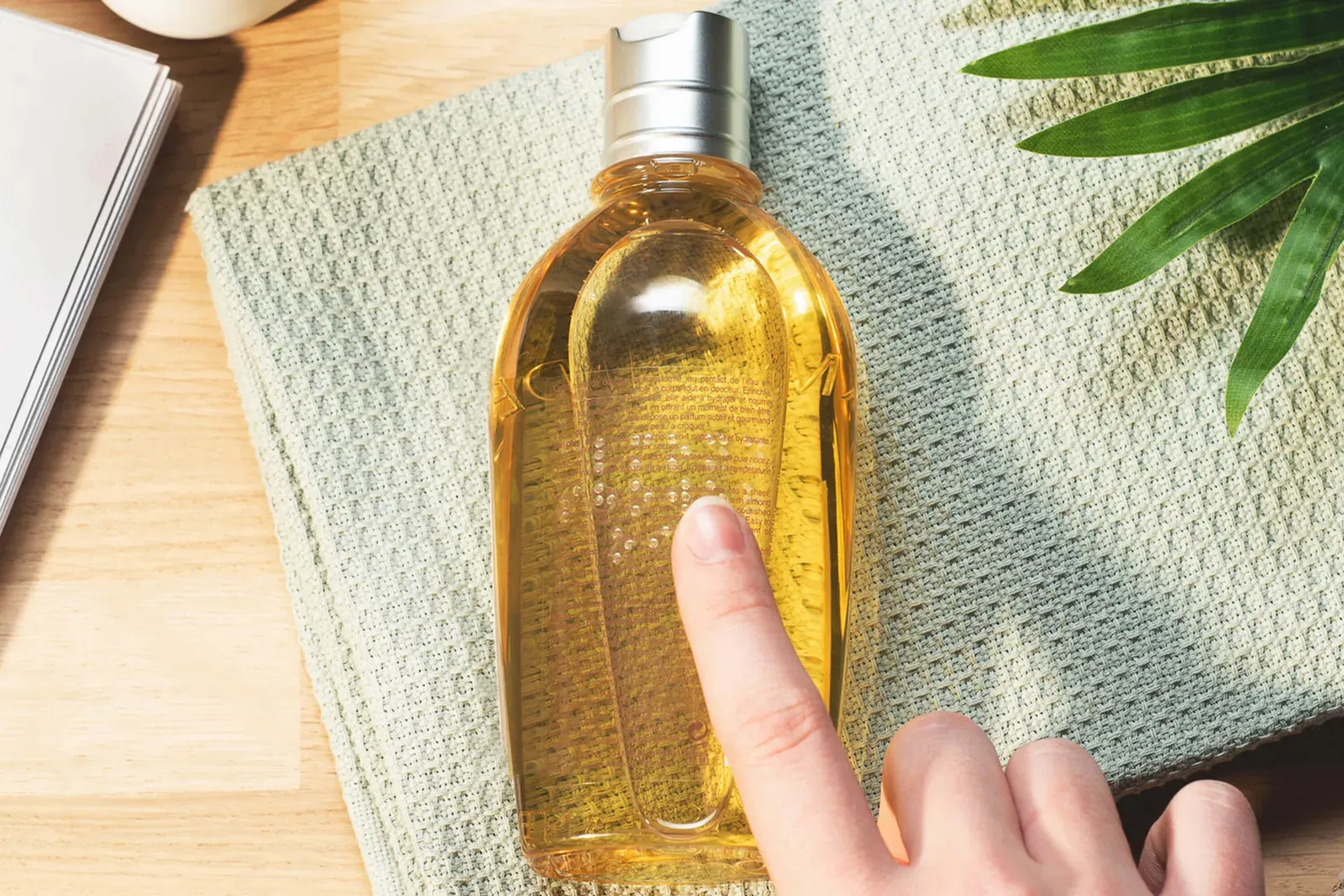
Humanist Beauty | Blind Beauty | Humanrace Skincare | L'Occitane
Brands such as Bioderma, Humanrace, L’Occitane and Dr. Jart have all included Braille on their beauty packaging. Other brands such as Humanist Beauty, founded by Jennifer Norman, offer a Braille ID band that snaps onto the brand’s face oil and eye cream products. Blind Beauty, founded by Hazel Baybasin who was diagnosed with a rare brain condition that impacted her vision, features braille labels on the packaging. Meanwhile, bodycare brand Cleanlogic rebrands all its packaging with paper to make it easier to print braille onto all its products.
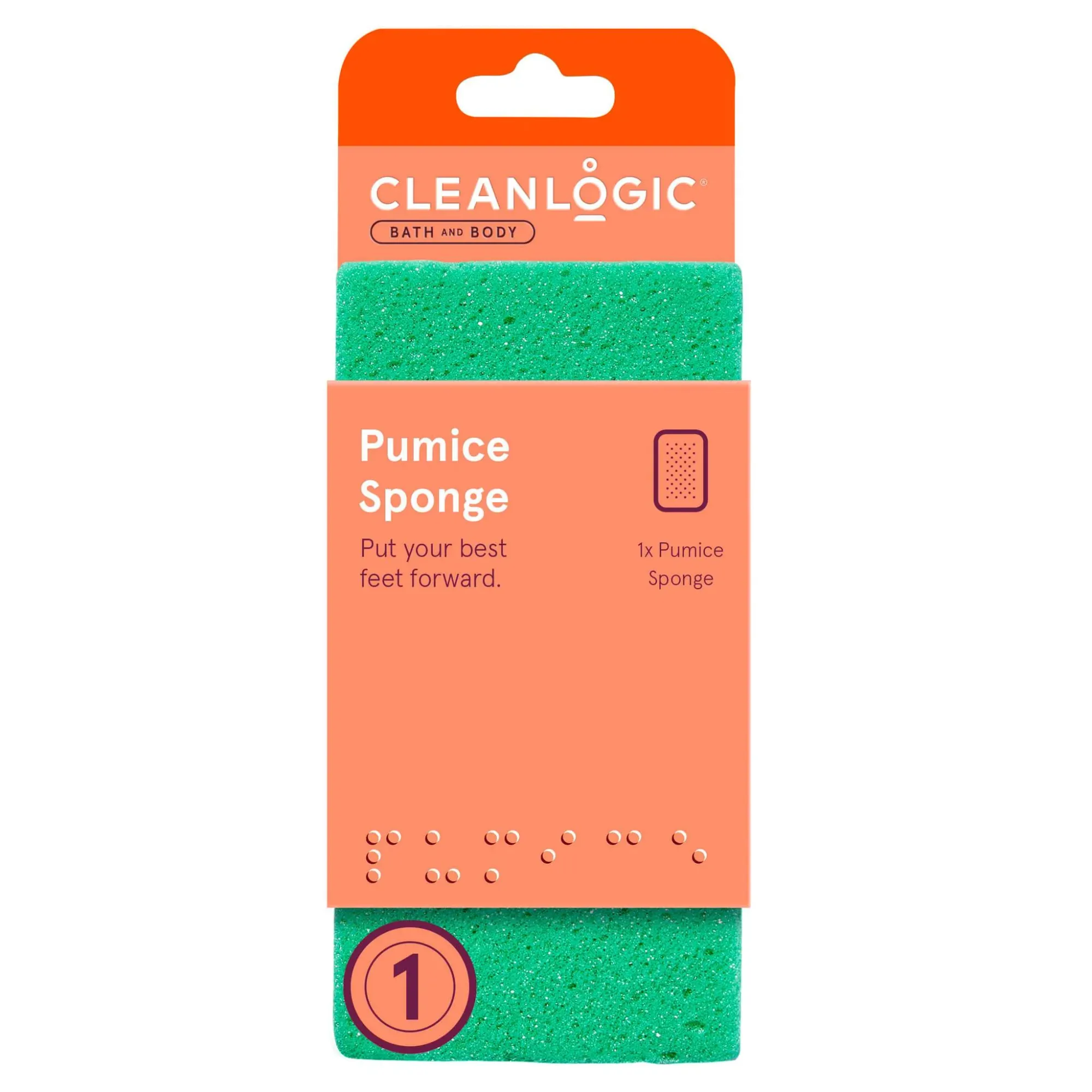
Key considerations and challenges when implementing braille on packaging:
- More costly to implement - roughly 25% more.
- The number of people who can read braille is relatively low with only 10% of people who are registered blind or partially sighted use braille, according to the Royal National Institute of Blind People.
- Explore more universal language or tactile symbols that can be used by everyone. Look to Herbal Essences who used raised lines or dots on the base of its products to differentiate between shampoo and conditioner.
QR Codes
QR codes lets consumers scan the product via a smartphone to provide audio information on the product name, the ingredients, and how to use it.
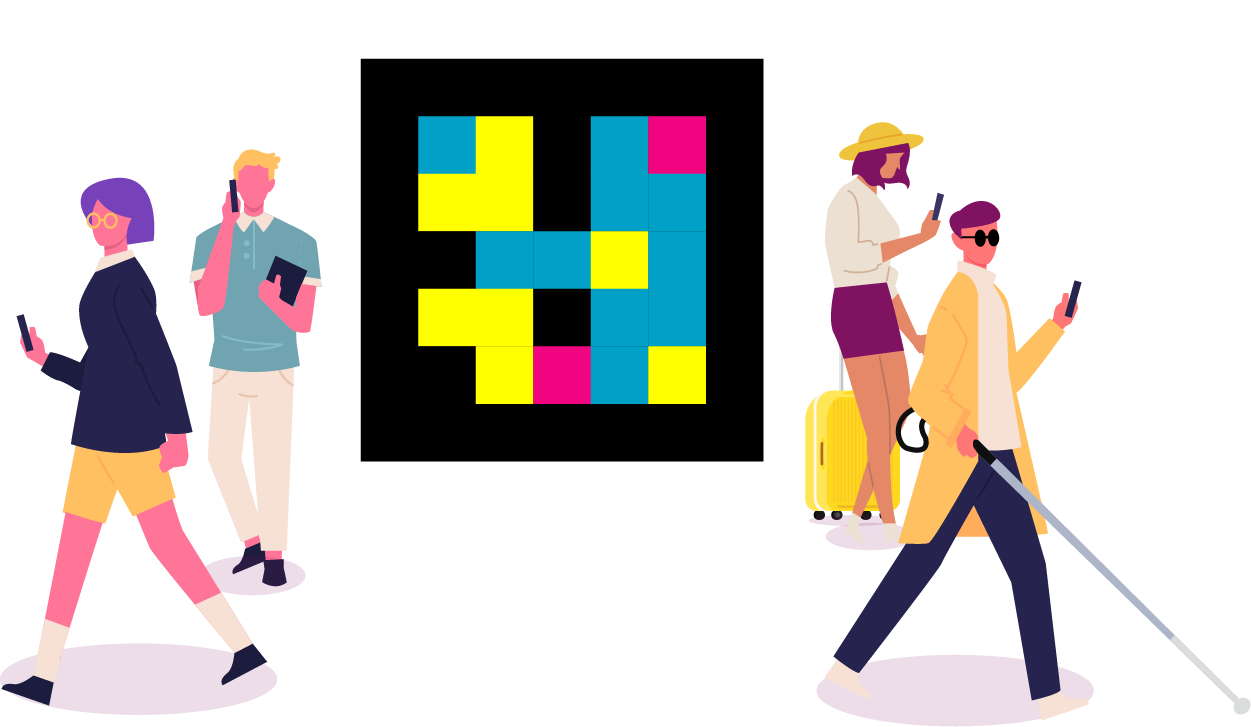
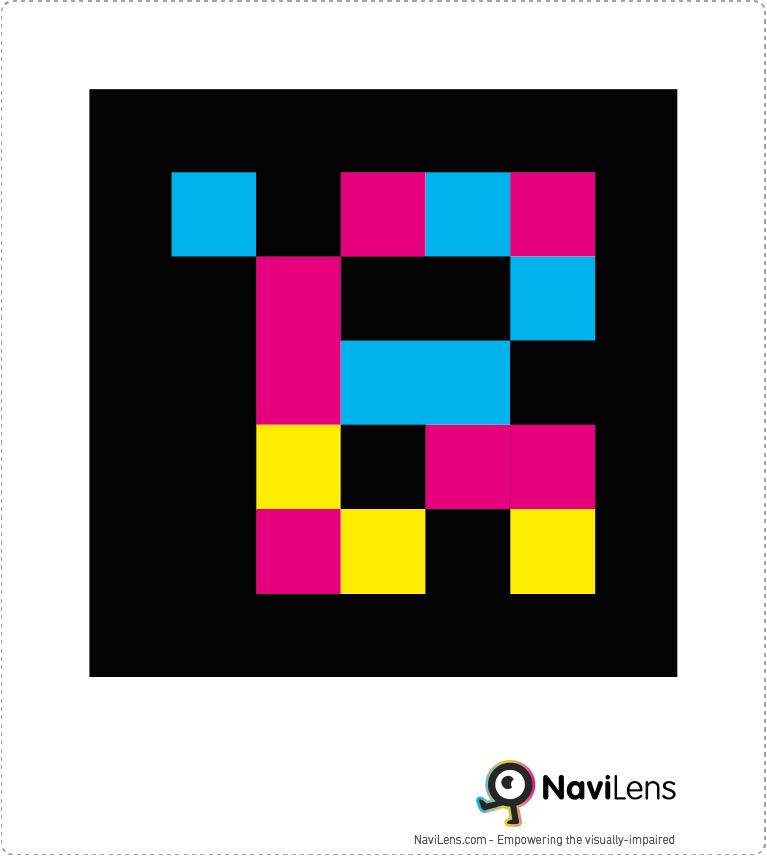
NaviLens
In October 2021, P&G incorporated NaviLens, a colourful QR code that delivers read-aloud product and shelf location information, to its Pantene hair care line. The code can be read by the app at a distance, allowing partially sighted individuals to shop more independently. Too Faced products include recognisable shapes on the sides of packaging as well as raised QR codes that feature audio information.
Key considerations and challenges when implementing QR codes on packaging:
- It can be difficult to include on smaller products such as lip pencils or eye pencils, as there is less space to incorporate it onto the packaging.
- Low vision or partially sighted individuals find it hard to navigate where the QR code is on the packaging. Therefore embossed QR codes are key to ensure they can find it easily.
Brand case study: CYR.U.S System
Founded by Victoria Watts, CyR.U.S. system helps the visually impaired use the correct beauty products.
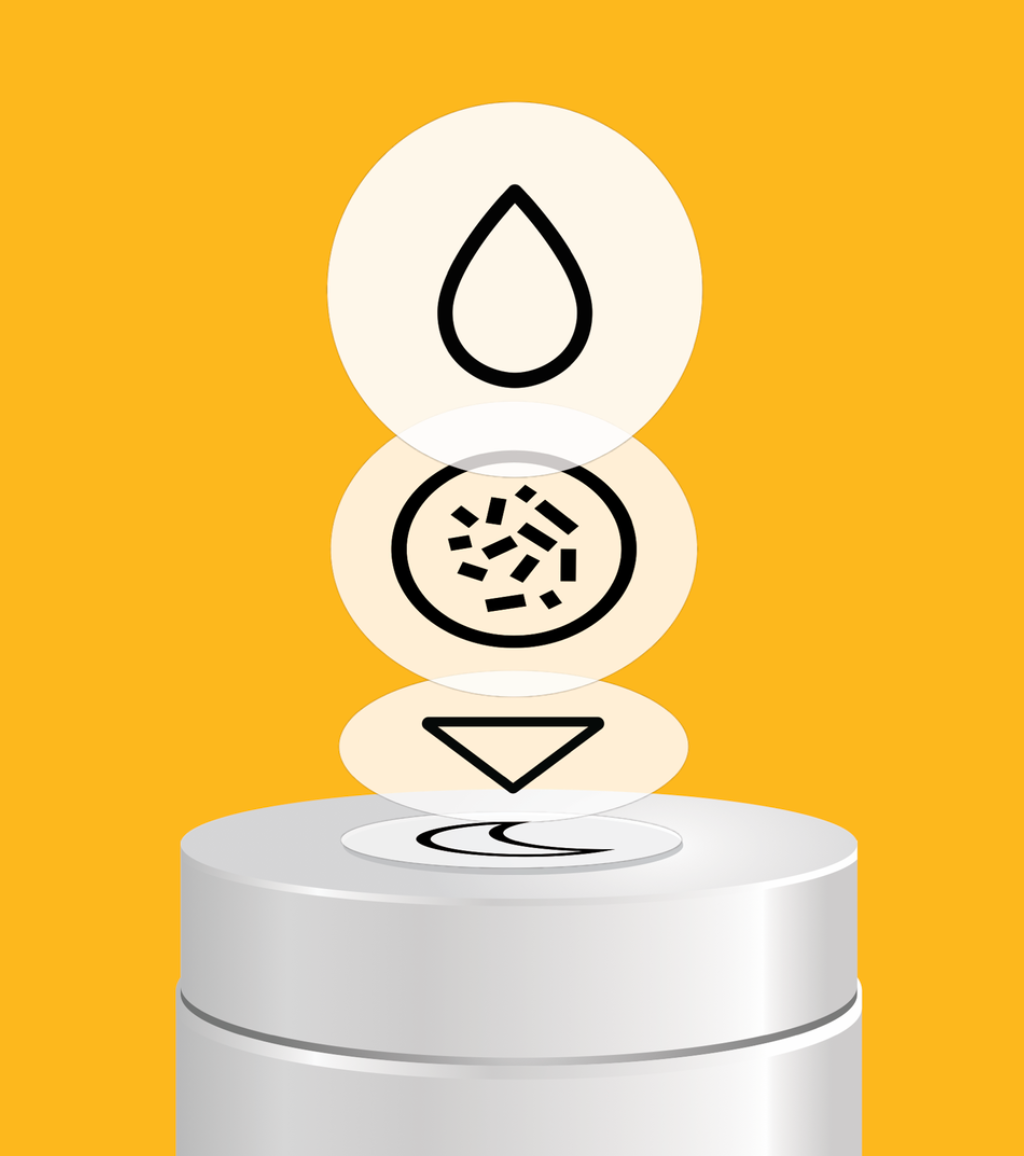
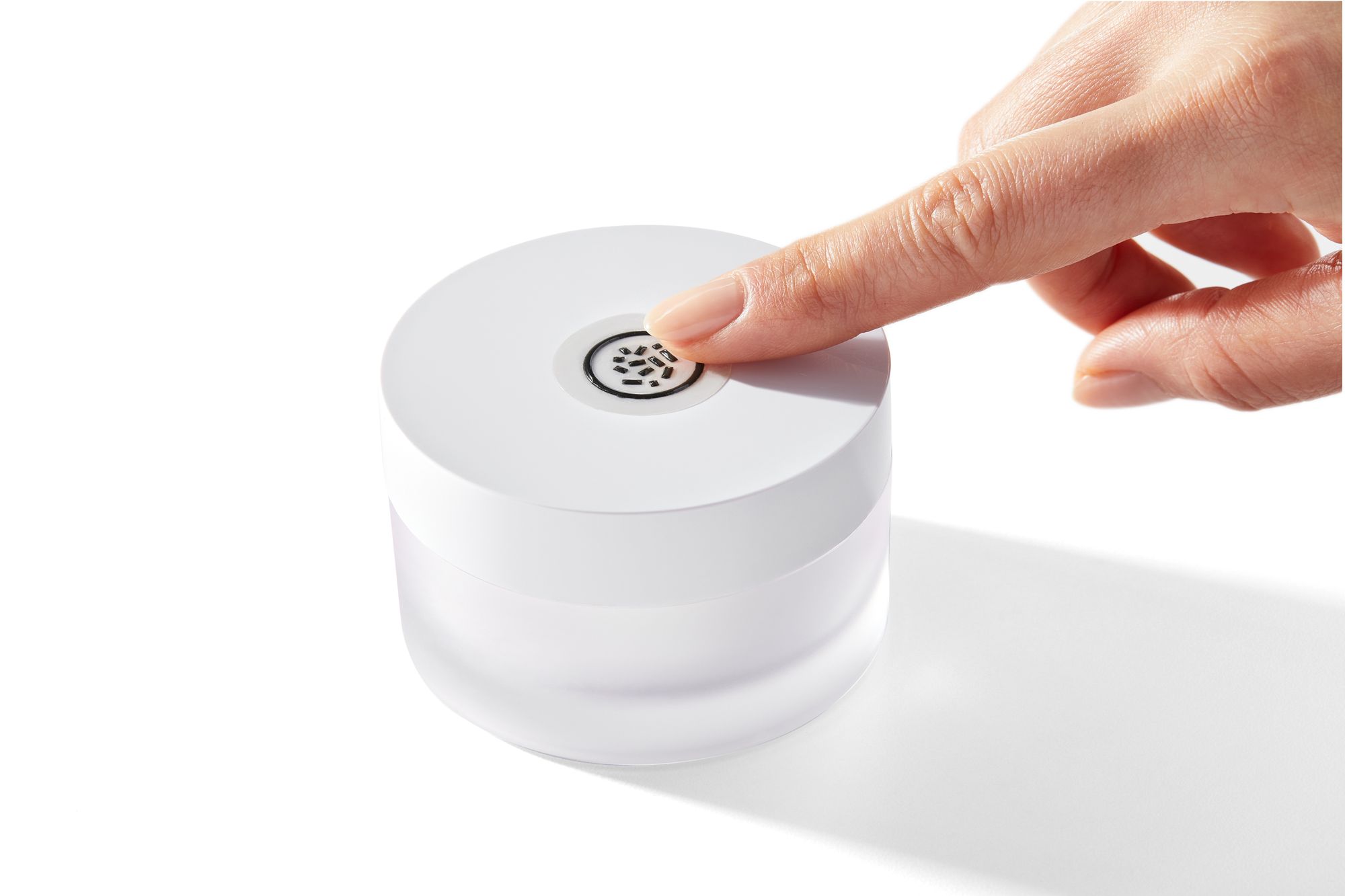
CyR.U.S.
Inspired by her son Cyrus, who was born with a rare genetic eye disease, the CyR.U.S. system is based on tactile symbols and raised QR codes that founder Watts developed to make products instantly recognisable by touch and the product information digitally accessible through a QR code scan to improve safety and independence.
The CyR.U.S. symbols are inclusive and can be used by everyone, including 'the blind, visually impaired, dyslexic, foreign language speakers or the sighted seeking easy and intuitive communication'. "I was determined to create a solution that not only Cyrus my son could benefit from it, but a system that everybody could benefit from," Watts tells Re/Sources. "It was this that started my two year journey of creating the CyR.U.S. system and I worked with the low vision community for the first two years to identify the challenges and needs so I could develop the most highly effective system to address these needs."
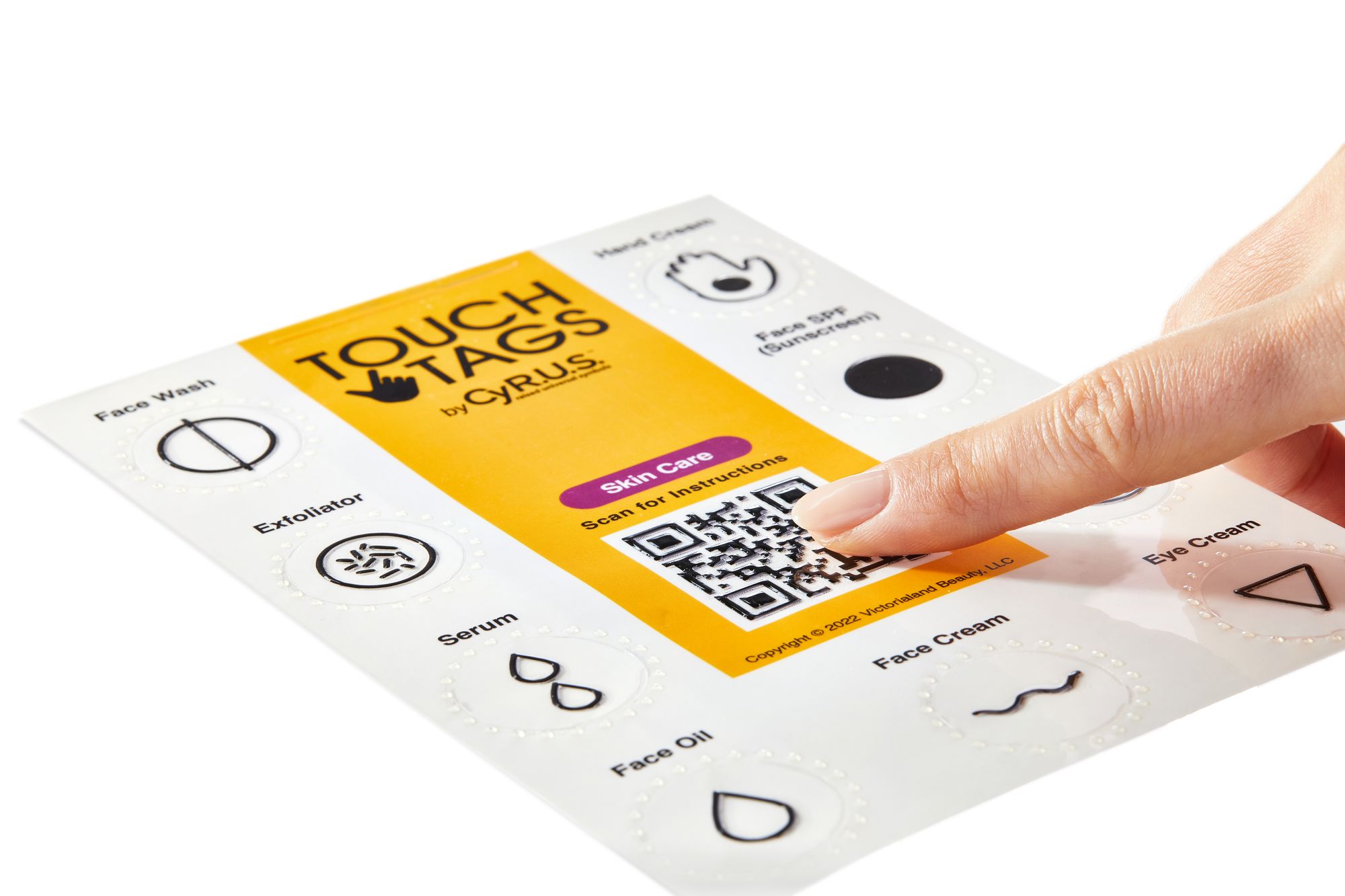
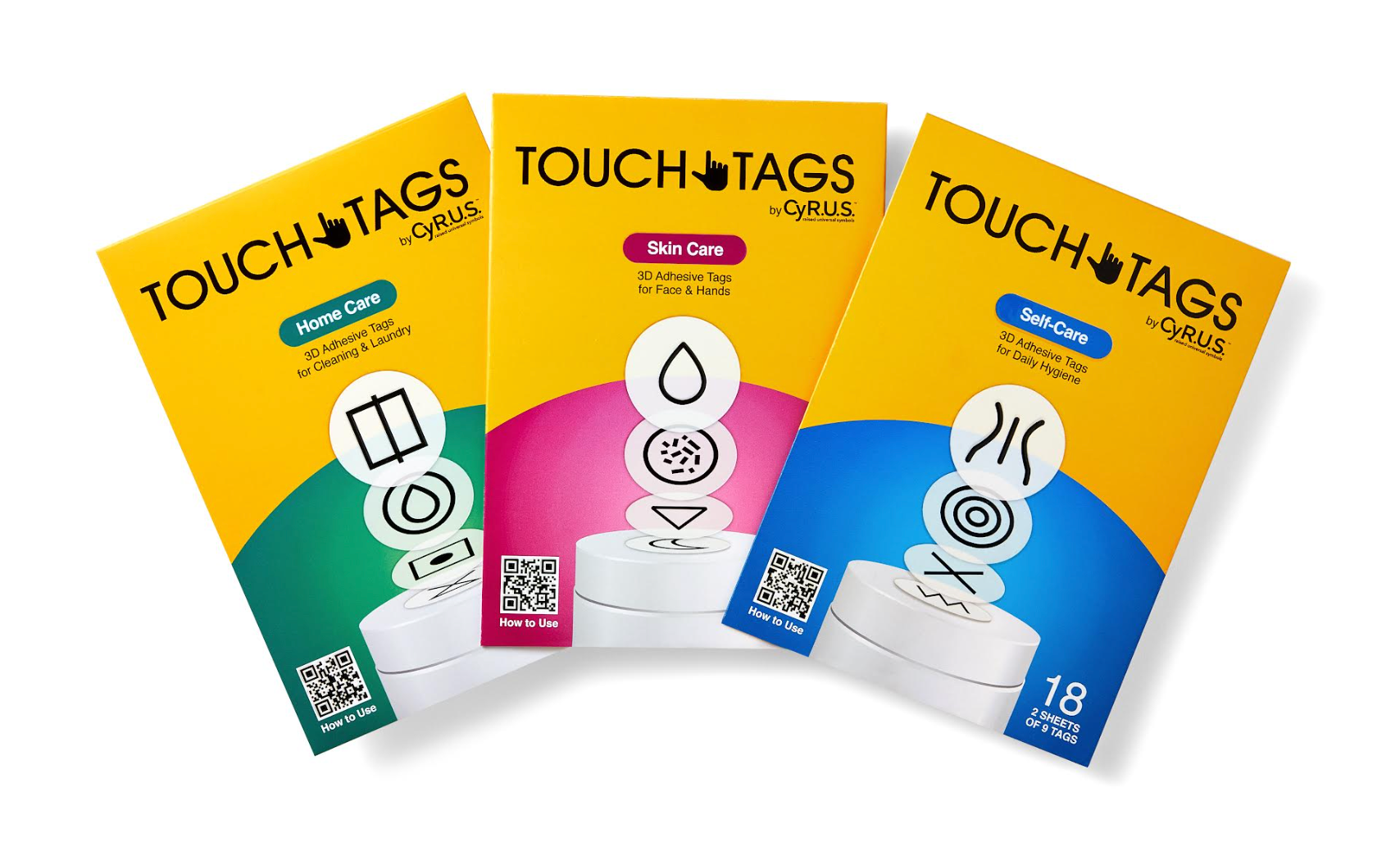
CyR.U.S.
"I see a future where accessibility becomes the standard, not an option for product design. Accessibility benefits everyone, improves the product experience and leaves no one behind."
Victoria Watts, founder, CyR.U.S
The intuitive symbols can be easily learned and the first of three CyR.U.S. tag kits will be released across skincare, self-care and home care. An upside-down triangle refers to eye cream, a half crescent moon is a night cream and a hand with a circle in the middle is used for the hand cream. "When I developed the symbols, it was important for me to think of the end user and the symbols had to make sense for the products they represent," Watts explains. "I wanted to reach as many people as possible so the symbols had to be intuitive and easy to learn."
The Touch Tag Kits, which will be launched this summer 2023, comes with a set of 3D-printed CyR.U.S.symbols. The waterproof tags are easy to apply as they come with a peel off, adhesive backing for instant identification. "My goal is to establish CyR.U.S. as the universal tactile language for packaging and expand the system across all consumer packaged goods," says Watts. "When we all speak the same language, barriers are removed and true equality is achieved."
Accessible technology
Technology is enabling disabled people to become more independent when it comes to doing their makeup. Estee Lauder's Voice-Enabled Makeup Assistant (VMA) is a great example of this.
"The Estée Lauder Companies is deeply committed to playing its part in creating an inclusive industry. The launch of VMA is an important first step in our journey to make our products and services more accessible to all."
Michael Smith, Chief Information Officer, Estée Lauder Companies
Brand case study: Estée Lauder Voice-Enabled Makeup Assistant (VMA)
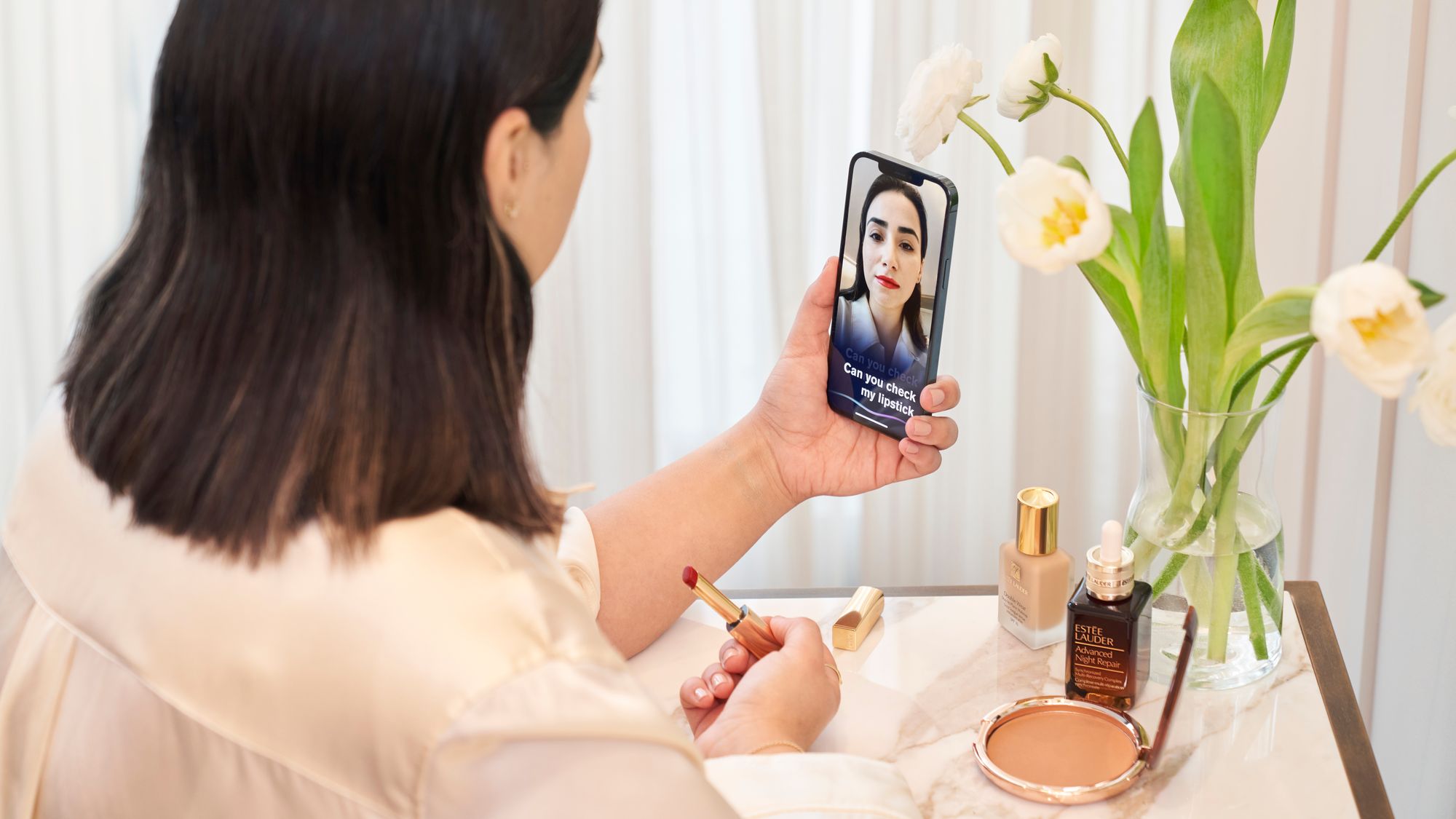
Launched early this year, this “first of its kind” and free to download makeup app helps visually impaired users apply makeup more accurately, confidently, and independently.
It uses the company’s own AR and AI technology and was developed using machine learning. “VMA uses voice instruction technologies to assist the user in makeup application; users receive audio feedback and tips on whether their lipstick, eyeshadow, or foundation is evenly applied,” Michael Smith, Chief Information Officer, Estée Lauder Companies, tells Re/Sources. “Using AI, VMA identifies makeup applied on a user’s face and assesses the uniformity and boundaries of application and coverage. VMA identifies any areas on the face that may require more accurate application and audibly describes where touch ups may be needed.” Users can also customise the speed of the voice or change the voice.
When developing the make-up app, Estee Lauder worked closely with the low vision and blind community. "We started by working with individuals in the low vision and blind community to understand their thoughts about make-up and the beauty industry in general," Smith explains. "One theme was consistent - many people felt their make-up routine created a dependence on other. Their daily make-up routines were relatively consistent – they put on make-up and then would send a selfie to a person that they trust to give them honest feedback. The general concerns revolve around reliance on others and concerns about the wear of their make-up throughout the day. This prevents autonomy and creates insecurity in applying make-up. Low vision and blind users wanted the independence to be able to apply, check, and touch up make-up throughout the day without the need for another person."

"This is just one step towards greater inclusivity. Future versions of our VMA app will offer expanded services that will bring the experience of independent makeup application to millions of low vision and blind people."
Michael Smith
The app, which launched in the US in April 2023, has already received positive feedback from the community as well as the users who helped test and create VMA, says Smith.
As for the future, Smith mentions that there are plans to explore other markets and brands for VMA. "Our focus has been on usability, we have tried to make the application as intuitive as possible so there is little to no learning curve," Smith says. "This is the first version of the app, so we are excited to start gathering and incorporating the community's feedback and to deliver additional capabilities in the near future."
Brand case study: L’Oréal HAPTA
Showcased at this year’s Consumer Electronics Show (CES) 2023 in Las Vegas, HAPTA is the world’s “first handheld computerised makeup applicator” designed for users with limited hand and arm mobility to enable them to apply lipstick more steadily.
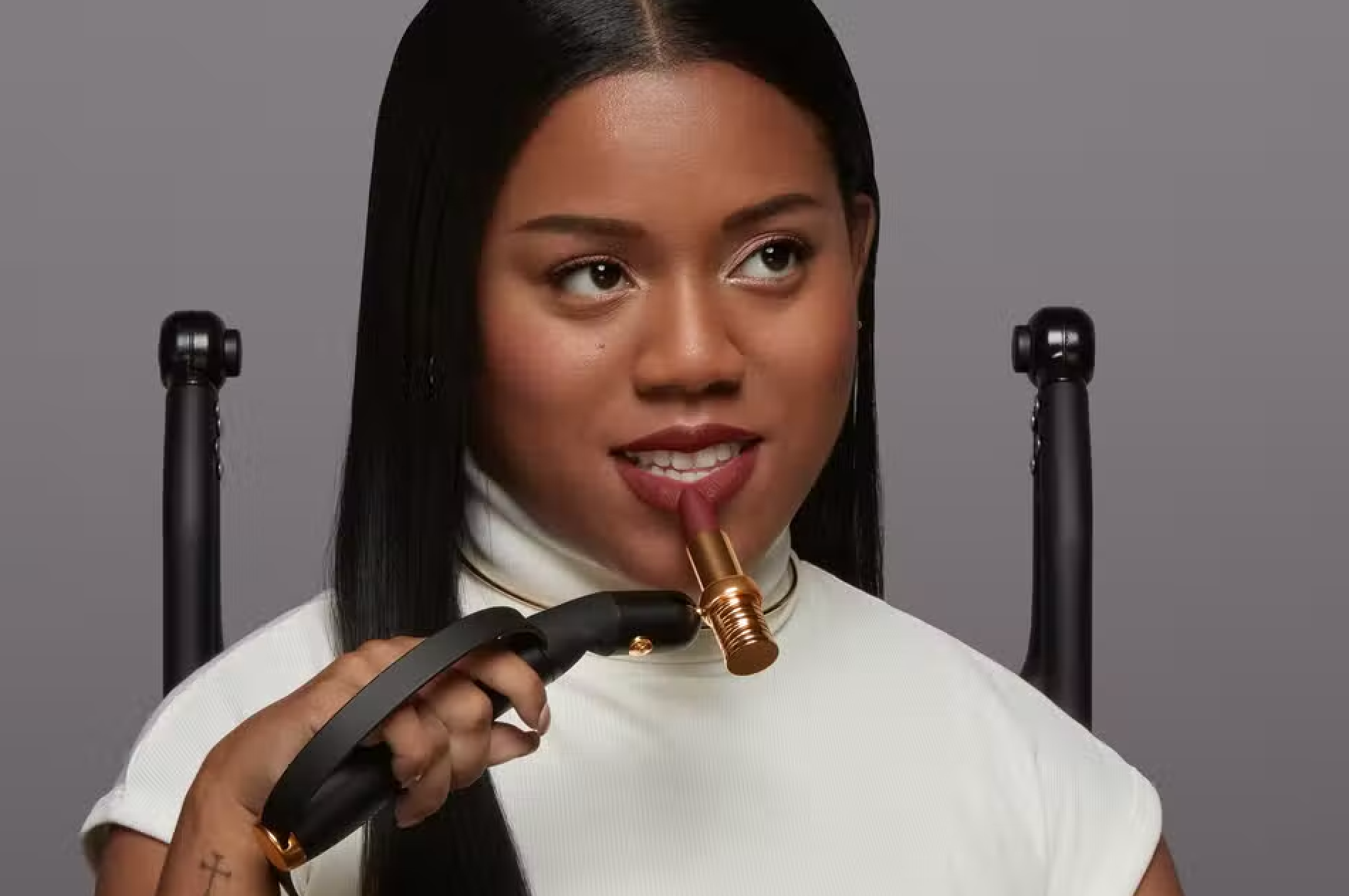
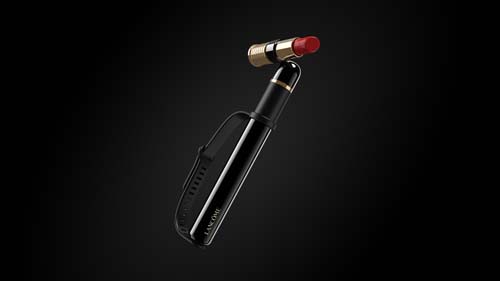
L'Oréal
It features a built-in smart motion control plus customisable attachments for improving range of motion, increasing ease of use for difficult-to-open packaging, and providing precision application.
The magnetic attachment allows for easy ergonomic use and enables 360-degree rotation and 180 degrees of flexion. A “clicking” feature allows the user to intuitively set the intended position, ensures it stays in position during use, and allows for the user to lock in a customised setting for future use.
The technology is being piloted with L’Oréal-owned Lancôme, first with a lipstick applicator followed by additional make-up applications in the future.
Easy to use design
Beauty brands are redesigning products and packaging to make it easier to use for everyone.
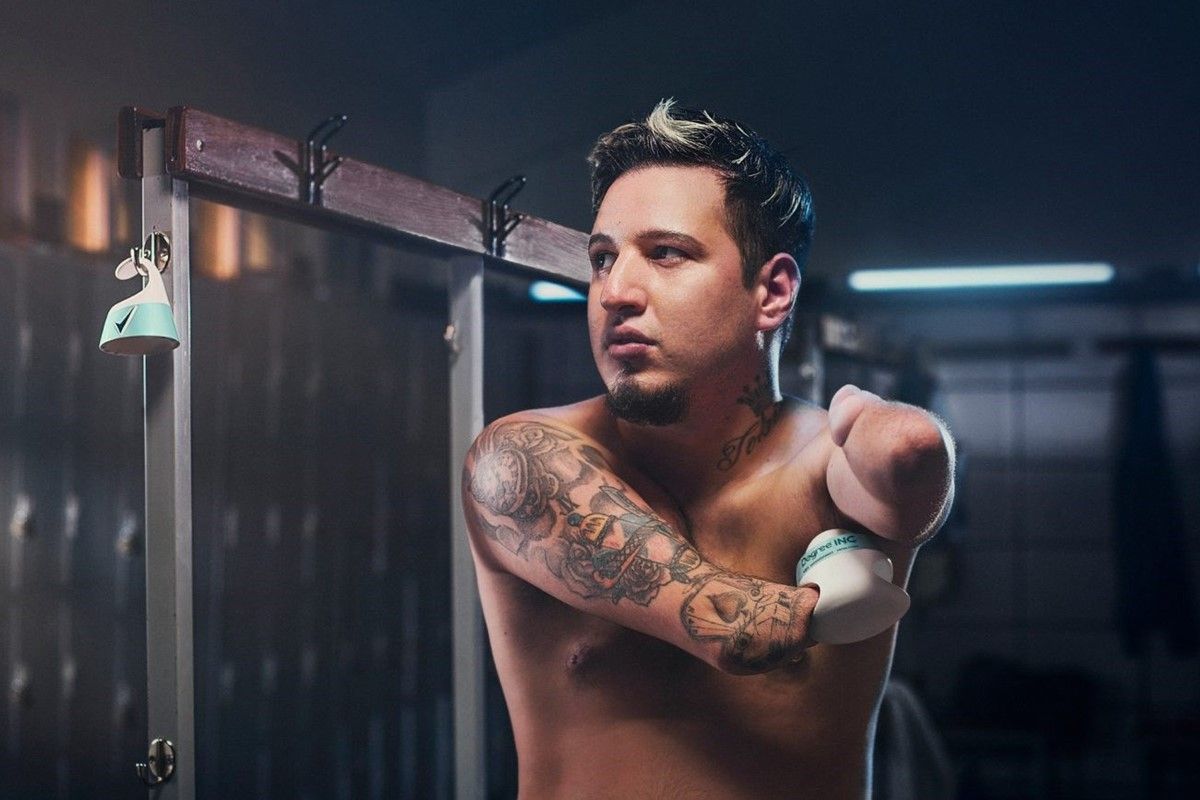
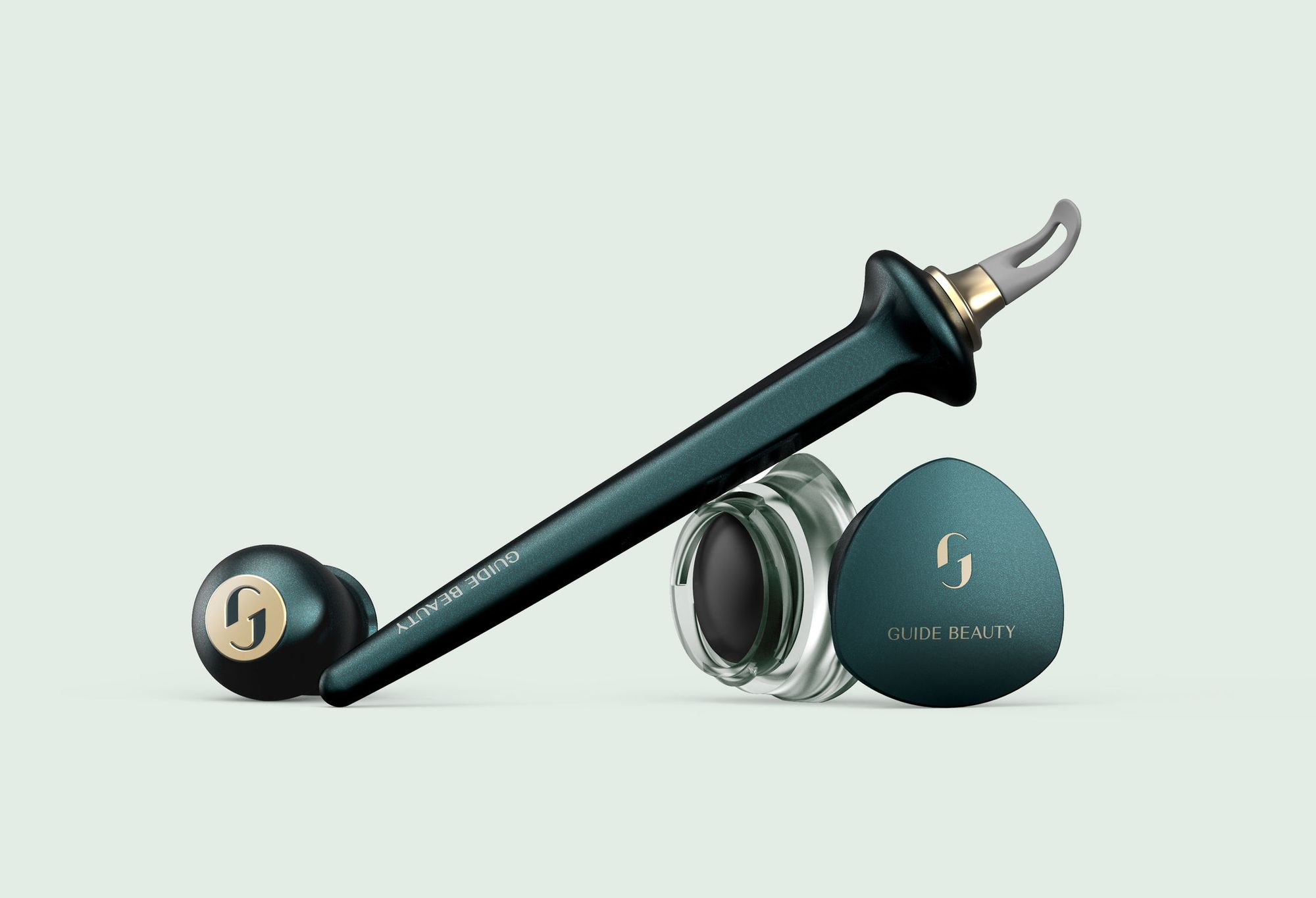
Unilever Degree | Guide Beauty
Olay released an easy to open lid with raised wings to enhance grip for those with dexterity challenges. Unilever-owned Degree is the world’s first adaptive deodorant that features a hooked container for one-handed usage, a bigger grip and a ‘click’ closure for easy opening and closing of the product.
Colour cosmetic brands such as Guide Beauty, founded by celebrity makeup artist Terri Bryant who found her ability to apply makeup changed when she was diagnosed with Parkinson’s disease, and Kohl Kreatives offer universally designed makeup tools and products for people with dexterity issues.
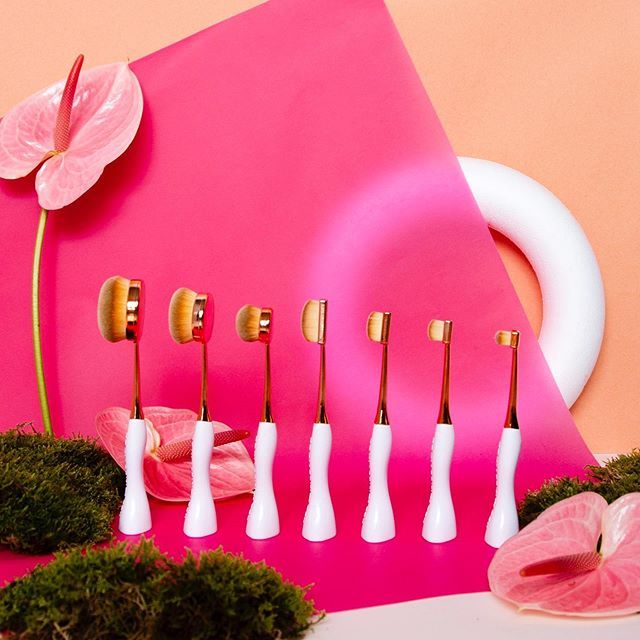
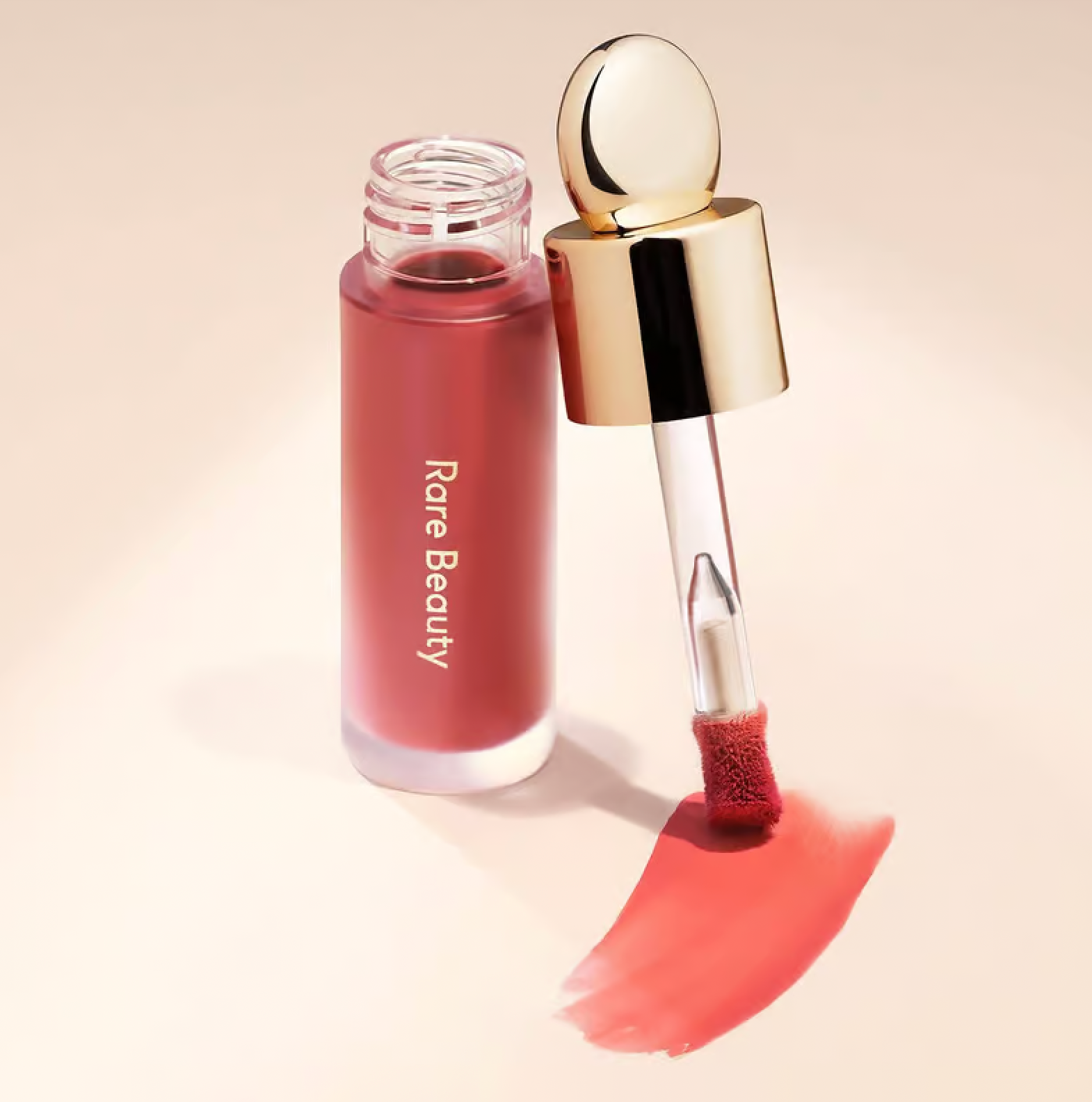
Kohl Kreatives | Rare Beauty
Rare Beauty, founded by Selena Gomez, makes it easier to open and apply its highlighters and blushers thanks to the sphere on top of the applicator and the lipsticks and lip balms have a flat side to prevent it rolling off the vanity table.
Easy to recycle
As well as being easy to use, brands are designing products that can be easily recycled at home without the need to separate the different packaging materials.
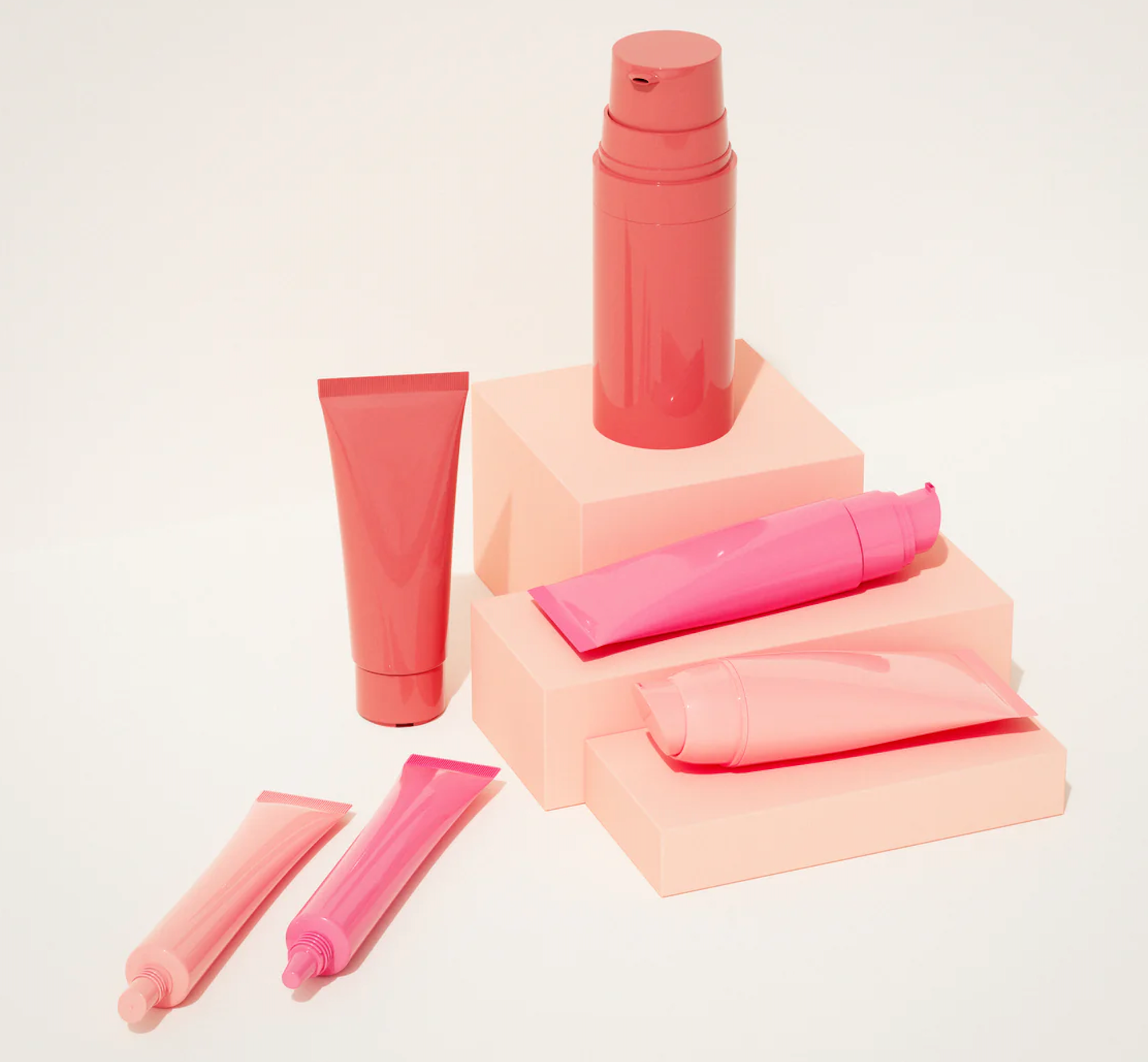
Mono material packaging, which simplifies the packaging by only using one material, is growing as it enables the consumer to recycle the entire packaging in one go to ease disposal and recyclability.
Seacliff Beauty’s metal-free mono-material airless system packaging is made from 100% polyethylene and can be recycled without disassembly.
DISABILITY REPRESENTATION IN BEAUTY CAMPAIGNS
More beauty companies are featuring people with disabilities in their marketing campaigns. According to Mintel data, 75% of US consumers want to see greater representation of disabled people in advertising and marketing campaigns in the beauty space.
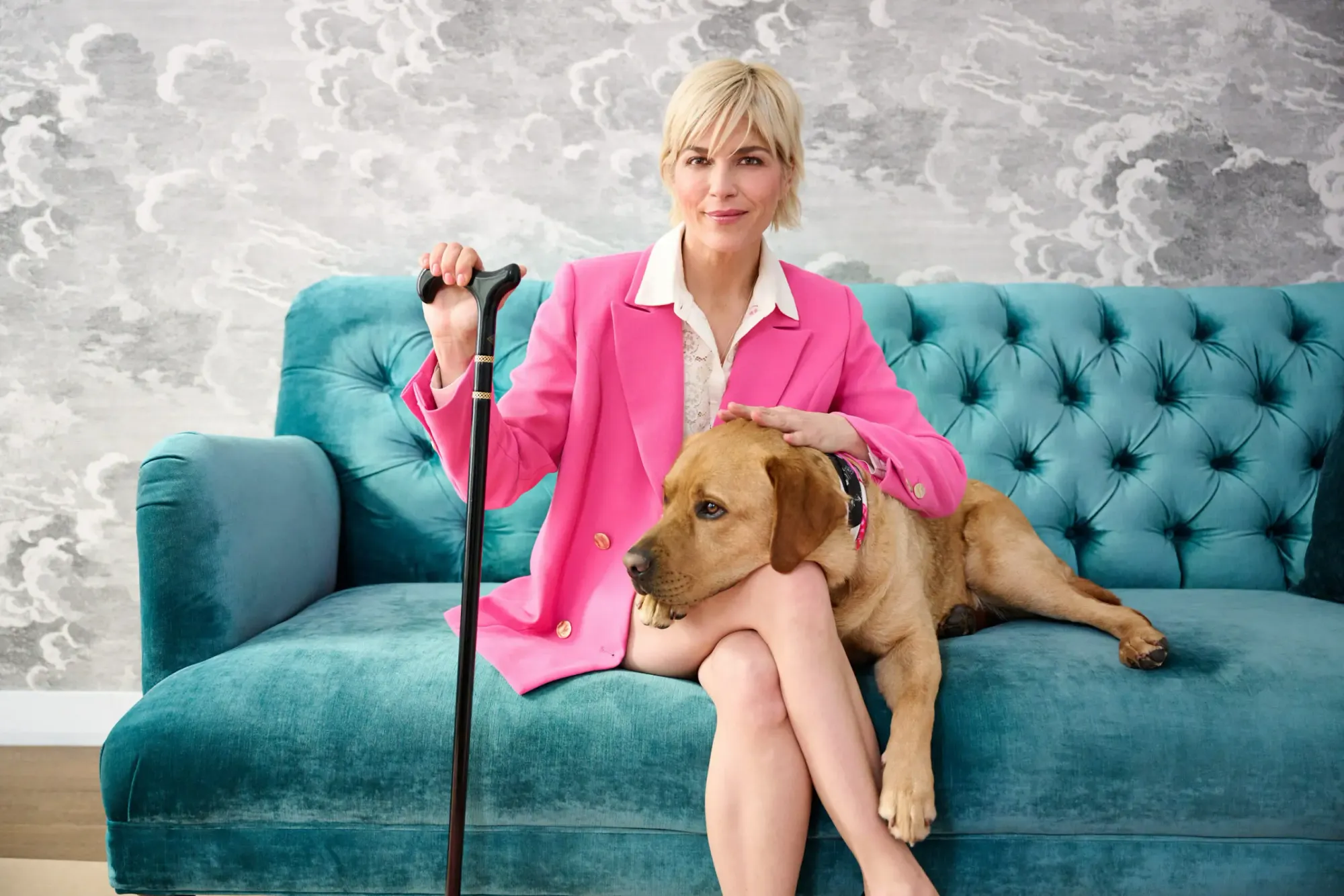
In 2019, Gucci Beauty and Benefit Cosmetics both signed their first disabled brand ambassadors. Gucci Beauty signed Down Syndrome model Ellie Goldstein to star in its L’Obscur mascara campaign while Benefit Cosmetics worked with Kate Grant, a model with Down Syndrome, to promote the brand’s Roller Liner Eyeliner. P&G named disability activist Lucy Edwards, who suffers from vision impairment, as an ambassador for the brand’s Silky & Glowing product line.
Recently, QVC named actor and disability advocate Selma Blair, who was diagnosed with multiple sclerosis in 2018, as its brand ambassador for accessibility. QVC has launched a dedicated Accessible & Adaptive category with products that include beauty tools, clothes and electronics.
Key Takeaways
- Accessible design will be equally as important of a consideration as ingredient safety or sustainable packaging when developing new products.
- In the next few years, we expect to see more mainstream brands embracing accessible product design as well as creating new technology to serve the disabled community better.
- Consider the varied needs of the disabled community – ensure accessible products are user-friendly without compromising on the product quality or design.
- Creating products with a universal design approach that’s inclusive to as many people as possible regardless of physical ability will be imperative. As the ageing population rises, there’s opportunity for beauty brands to create products, such as easy to open packaging or one-handed operations, to cater for the older generation.
- Involve the disabled community in your product creation process to ensure products meet their exact needs.
- We need to think about the business model and the profitability of the segment - for now it’s more like a PR and marketing tool.

